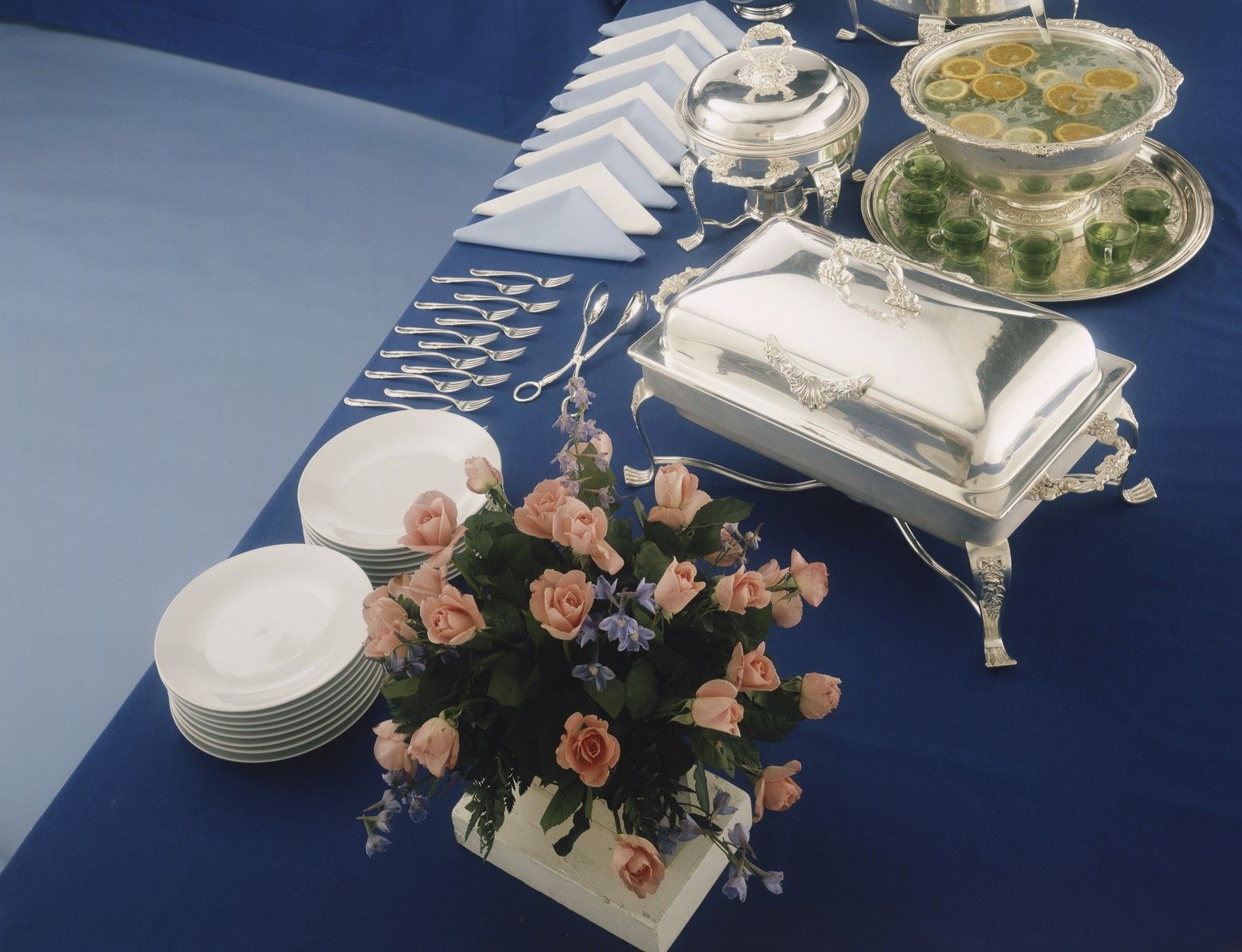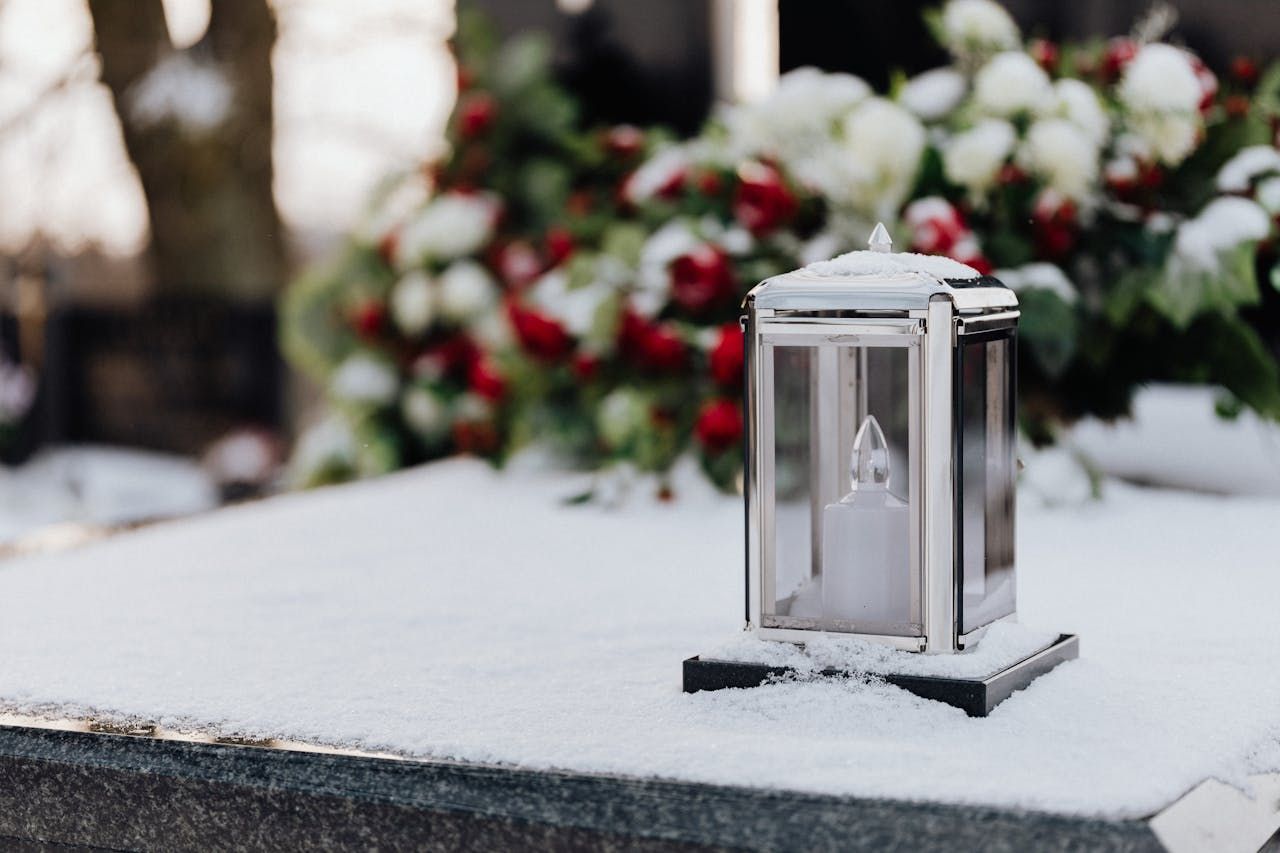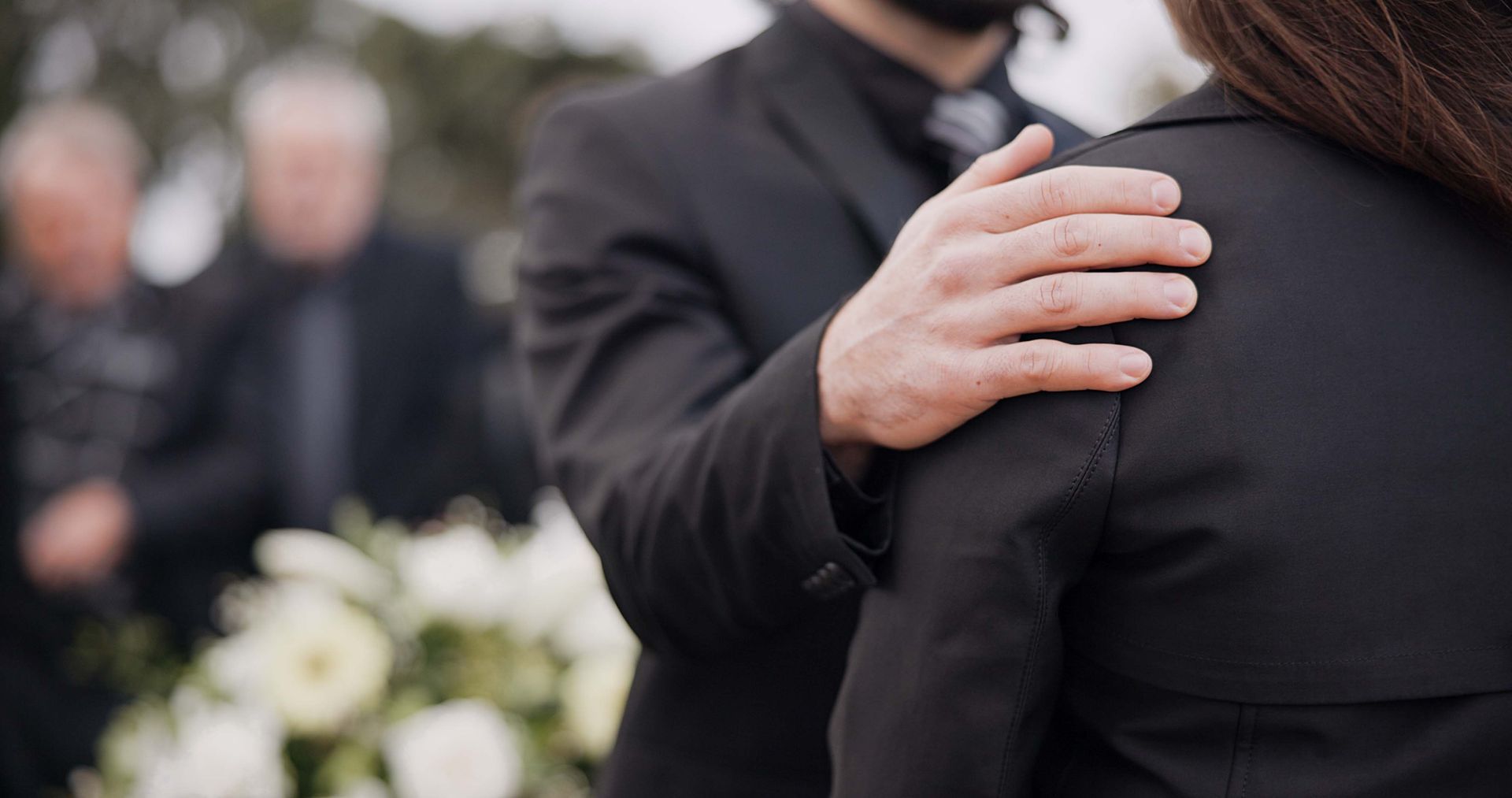What Is a Wake at a Funeral?

Families and friends gather to honour their memory when someone passes away through various ceremonies and traditions. One of these important gatherings is a wake, which serves as a meaningful way to remember the deceased and comfort those grieving.
Understanding what a wake involves can help you know what to expect and how to participate respectfully in this significant tradition. A wake creates space for people to come together before or after a funeral. It offers a more informal atmosphere where loved ones can share memories, offer condolences and support each other through difficult times. This gathering has deep historical roots and varies across different cultures, making it an important part of funeral customs worldwide.
What Is a Wake?
A wake is a social gathering held to honour someone who has died. Family members and friends come together to pay their respects and remember the deceased person's life. Unlike formal funeral services, wakes typically have a more relaxed atmosphere that encourages conversation and sharing memories.
The wake often includes viewing the body, though this depends on family preferences and cultural traditions. Guests may offer prayers, share stories, or simply spend quiet time reflecting on their relationship with the deceased. Food and refreshments are commonly provided, creating opportunities for people to connect and support one another.
Wakes serve multiple purposes in the grieving process. They allow people to say goodbye in their way and emotionally support the bereaved family. The gathering helps create a sense of community during a difficult time and celebrates the life of the person who has passed away.
Where Did Wakes Come From?
The tradition of holding wakes has ancient origins that stretch back thousands of years. The word "wake" comes from the Old English word "wacu," which means to watch or keep vigil. Originally, people would keep watch over the body of the deceased throughout the night.
Historical wakes served practical purposes beyond emotional support. Before modern embalming techniques, families needed to ensure the person had truly died and would not wake up. This vigil period allowed time to confirm death and prepare for burial. The practice also protected the body from animals or other disturbances.
Over time, wakes evolved from purely practical vigils into meaningful social and spiritual rituals. Communities began incorporating prayers, storytelling, and shared meals into these gatherings. The tradition spread across many cultures and adapted to local customs while maintaining its core purpose of honouring the deceased and supporting the living.
What Is a Wake Like?
Modern wakes create a supportive environment where people can grieve together and celebrate the life of the deceased. The atmosphere is typically more informal than a funeral service, allowing for natural conversation and interaction between guests. People often share favourite memories, funny stories, or meaningful moments they experienced with the person who died.
Wakes usually take place in funeral homes, family homes, or community centres. The setting often includes photographs of the deceased, flowers, and sometimes personal items that reflect their interests or achievements. Soft background music may be played, and comfortable seating arrangements encourage people to gather in small groups.
Refreshments are commonly served during wakes, ranging from light snacks to full meals, depending on the duration and local customs. This hospitality allows the bereaved family to express gratitude to those who have come to pay their respects. It also creates natural opportunities for guests to mingle and offer comfort to one another.
When Is the Wake?
The timing of a wake varies depending on cultural traditions, religious beliefs, and family preferences. Some families hold wakes before the funeral service, typically one or two days after death. This arrangement allows people to pay their respects before the formal ceremony.
Other families choose to hold wakes after the funeral service. This timing works well when the funeral is more formal or religious, and the wake provides a relaxed opportunity for continued fellowship. Some families opt for both, holding a brief viewing before the funeral and a later reception.
The duration of wakes also varies significantly. Some last just a few hours, while others may continue for several days. Evening wakes are common, allowing people to attend after work or school. Weekend scheduling often accommodates more guests who might have difficulty attending during weekdays.
Wakes in Different Cultures
Different cultures have developed unique wake traditions that reflect their values and beliefs about death and mourning. These variations demonstrate the universal human need to honour the deceased while supporting the living through grief.
Irish Wakes
Traditional Irish wakes are renowned for their distinctive customs and can last one to two days. These gatherings often include keening, which involves professional mourners singing laments for the deceased. Family and friends keep vigil throughout the night, taking turns watching over the body.
Irish wake customs include specific taboos and rituals, such as stopping clocks at the time of death and covering mirrors in the home. Community storytelling plays a central role, with guests sharing tales about the deceased person's life and character. These stories often celebrate both the person's virtues and their human quirks.
Japanese Wakes
Japanese wake traditions, known as "passing the night," incorporate Buddhist religious practices. The ceremony typically includes sutra chanting performed by monks and the offering of incense by guests. Family members and close friends may keep vigil throughout the night.
Guests at Japanese wakes bring condolence gifts, usually money in special envelopes, to help the family with funeral expenses. The atmosphere is more formal and structured than in some other cultures, reflecting Japanese values of respect and proper behaviour during mourning periods.
Philippine Wakes
In the Philippines, wakes called "lamay" or "burol" often last multiple nights and frequently occur in family homes. These gatherings feature guest registries where visitors sign their names and sometimes leave messages for the family. Candles are kept burning throughout the vigil as symbols of prayer and remembrance.
Filipino wake customs often include card games and other activities that help keep people awake during long vigils. Food is continuously available for guests, and the atmosphere encourages community bonding and mutual support during the mourning period.
Wake vs Other Ceremonies
Understanding the differences between wakes and other funeral ceremonies helps clarify their unique roles in the mourning process. Each type of gathering serves different purposes and follows distinct formats.
Wakes are typically more intimate and informal than funeral services. While funerals follow structured ceremonies with specific rituals, readings, and music, wakes allow for spontaneous conversation and interaction. The distinction between a wake and a funeral often centres on formality and structure.
Visitations are similar to wakes but usually shorter and more focused on viewing the deceased. Memorial services differ because they may occur weeks or months after death and often happen without the body present. These services focus on celebrating the person's life rather than the immediate grieving process.
The etiquette and expectations for each type of gathering vary accordingly. Wakes generally have fewer rules about what to say or do, while funeral services follow more prescribed formats. Understanding these differences helps guests participate appropriately in each type of ceremony.
Wake Etiquette & What to Expect
Attending a wake involves certain customs and expectations that help maintain a respectful atmosphere. Knowing proper etiquette ensures you can offer meaningful support to the bereaved family while honouring the deceased appropriately.
Dress for wakes should be respectful and subdued, similar to funeral attire. Dark colours are traditional, though some families may specify other preferences. Avoid bright colours, flashy jewellery, or casual clothing that might seem disrespectful to the solemn occasion.
Most wakes include an opportunity to view the deceased, though this is not mandatory. Guests may pay their respects by the casket, offer a brief prayer, or simply pause for a moment of reflection. There is no pressure to view the body if you are uncomfortable doing so.
When speaking with the bereaved family, offer brief condolences and share a positive memory if appropriate. Phrases like "I'm sorry for your loss" or "They will be missed" are suitable. Avoid lengthy conversations that might prevent others from offering their condolences.
Wakes typically last between two and four hours, though you are not expected to stay for the entire duration. Arriving within the first hour shows respect, but leaving after paying your respects and spending some time with the family is perfectly acceptable. Sign the guest book if one is provided, as this helps the family remember who attended.
The wake tradition continues to provide comfort and community support during loss. By understanding wake customs and etiquette, you can participate meaningfully in this important ritual while genuinely supporting grieving people. Contact us at Bridgwater Funerals to learn why you may want to choose a wake.


